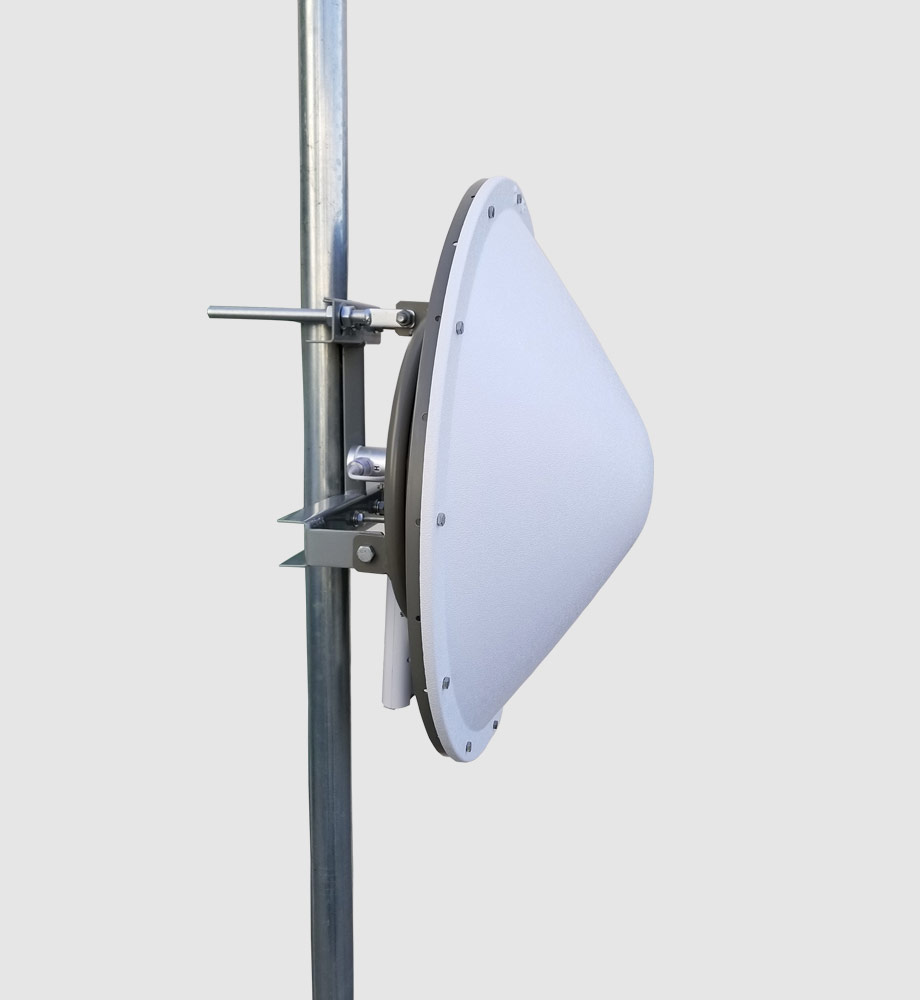Key Features
- RF-Transparent Material: FRP is a dielectric (non-metallic) material transparent to radio waves, ensuring negligible signal loss.
- Extreme Weather Resistance: Highly resistant to UV, salt spray, temperature extremes and pollutants.
- Lightweight Construction: Composite density is much lower than metal radomes, facilitating handling and mounting.
- Custom Shapes/Sizes: Pultrusion or molding allows virtually any radome geometry to match antenna form factors.
- Bird- and Debris-Proof: Solid enclosure protects antennas from birds, hail, dust, and vandalism.
Benefits
- Improved Signal Performance: Consistent electromagnetic properties ensure dependable transmission quality (broadband performance).
- Longevity: Does not rust or oxidize, eliminating periodic maintenance or replacement. Ideal for remote towers or offshore platforms.
- Ease of Installation: Lighter-than-metal design means one-man installation is possible; less ballast required for towers.
- Enhanced Aesthetics: Sleek composite finish can be colored or painted to blend with surroundings.
Applications
- Cellular base station antenna coverings (including 5G small cells and distributed antenna systems)
- Radar and microwave dish enclosures (aircraft, marine radar domes)
- Satellite and broadcast antenna shelters
- S-Band, X-Band, L-Band and other frequency-range radomes in telecom and defense communications
Technical Specifications
- Material: Glass-fiber-reinforced vinylester or epoxy. Some high-performance radomes use carbon-graphene hybrids for higher strength.
- Thickness: Typical shell thickness 2–5 mm, tailored to frequency and mechanical load requirements.
- Electromagnetic Performance: Low-loss resin systems; VSWR optimized at design frequency.
- Wind & Impact Ratings: Designed per telecom wind-load standards; ice-loading capable if needed.
Unique Selling Points (USPs)
- Dielectric Advantage: FRP radomes combine high strength with full transparency to RF – a winning combination not found in metal covers.
- High Damage Tolerance: Composites flex slightly under impact (e.g. hail) without cracking, unlike rigid plastics.
- No Metal Joints: Seamless or co-cured seams avoid any conductive elements on the radome surface, maximizing signal fidelity.

